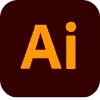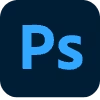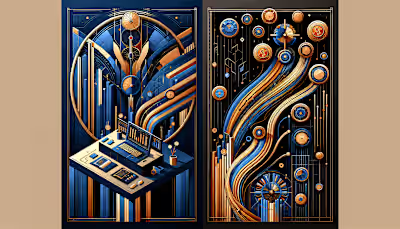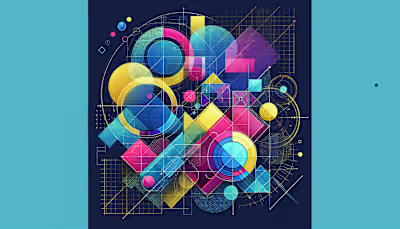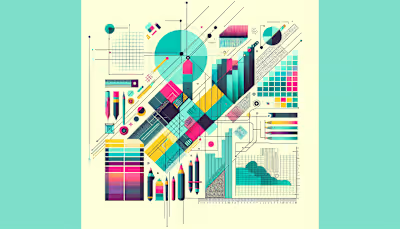Design Style Clarity: Finding a Graphic Designer Who Matches Your Vision
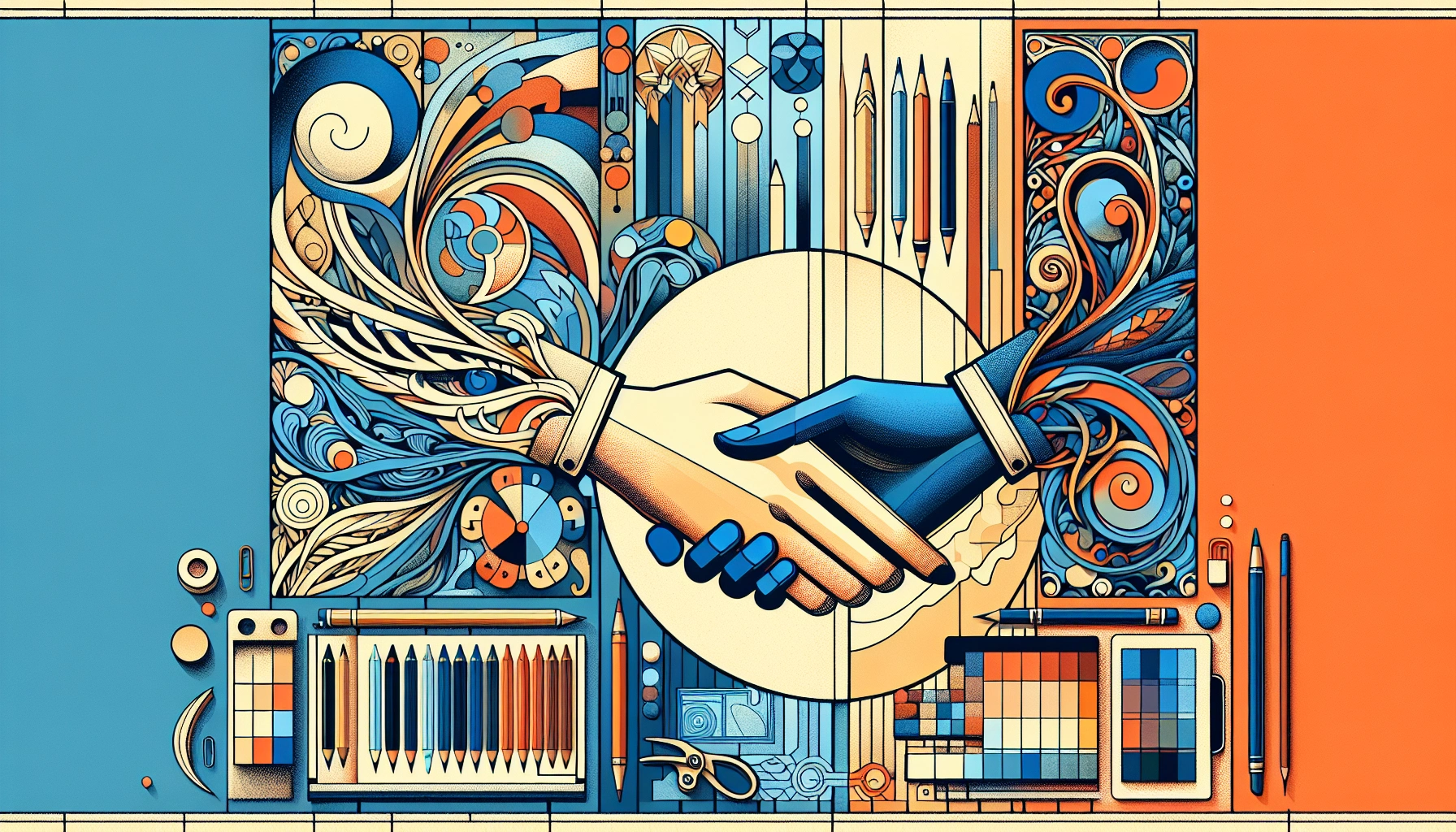
Design Style Clarity: Finding a Graphic Designer Who Matches Your Vision
What Is Design Style Clarity?
5 Steps to Define Your Vision
1. Pinpoint Your Brand Personality
2. Create a Mood Board
3. Identify Your Audience’s Preferences
4. Focus on Key Brand Goals
5. Summarize Your Style Essentials
How to Spot a Designer With the Right Style
Ways to Collaborate for Success
Benefits of Working Commission-Free at Contra
Frequently Asked Questions about Design Style Clarity
Why does clarity matter for my brand identity?
Should I hire a specialized or generalist designer?
Do I need a style guide before hiring a designer?
What if I need to pivot the design style mid-project?
Moving Forward With Confidence
Design Style Clarity: Finding a Graphic Designer Who Matches Your Vision
What Is Design Style Clarity?
5 Steps to Define Your Vision
1. Pinpoint Your Brand Personality
2. Create a Mood Board
3. Identify Your Audience’s Preferences
4. Focus on Key Brand Goals
5. Summarize Your Style Essentials
How to Spot a Designer With the Right Style
“The best-looking work means nothing if you can’t work well together.”
Ways to Collaborate for Success
“Designers aren’t mind readers, and clients aren’t art directors—collaboration works best somewhere in the middle.”
Benefits of Working Commission-Free at Contra
“The fewer filters between people, the fewer chances for miscommunication.”
Frequently Asked Questions about Design Style Clarity
Why does clarity matter for my brand identity?
Should I hire a specialized or generalist designer?
Do I need a style guide before hiring a designer?
What if I need to pivot the design style mid-project?
Moving Forward With Confidence
Posted Apr 10, 2025
Design style clarity helps you find a graphic designer who aligns with your brand vision. Learn how to define your style and choose the right fit.

